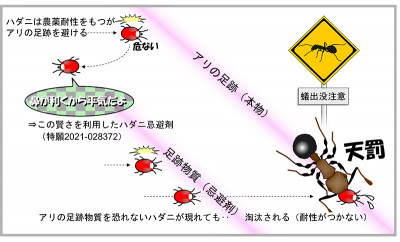超巨大星が銀河系外での巨大なエネルギーバーストを引き起こすことがあるという研究結果を受けて、宇宙科学者はGRBがどのように形成されるかを再考する必要がありそうです。 Space scientists may need to rethink how GRBs are formed after research shows supramassive stars sometimes trigger these huge extragalactic bursts of energy.
2022-11-11 バース大学
この研究結果によると、短時間のガンマ線バースト(GRB)の中には、ブラックホールではなく、超巨大星(別名、中性子星の残骸)の誕生によって引き起こされるものがあることがわかった。
宇宙科学者は2つの説に分かれている。ひとつは、中性子星が合体して非常に大きな中性子星を形成し、その中性子星が一瞬にしてブラックホールになるという説。もうひとつは、2つの中性子星が合体することで、より重くなく、より寿命の長い中性子星になるというものだ。
今回観測されたGRB(GRB 180618A)の電磁波信号から、研究者たちは、このバーストはブラックホールではなく中性子星の残骸から発生したに違いないことを明らかにした。
<関連情報>
- https://www.bath.ac.uk/announcements/black-holes-dont-always-power-gamma-ray-bursts-new-research-shows/
- https://iopscience.iop.org/article/10.3847/1538-4357/ac972b
プロトマグネター・レムナントからの短いガンマ線バースト A Short Gamma-Ray Burst from a Protomagnetar Remnant
N. Jordana-Mitjans, C. G. Mundell, C. Guidorzi, R. J. Smith, E. Ramírez-Ruiz, B. D. Metzger, S. Kobayashi, A. Gomboc, I. A. Steele, M. Shrestha, M. Marongiu, A. Rossi and B. Rothberg
The Astrophysical Journal Published 2022 November 10
DOI 10.3847/1538-4357/ac972b

Abstract
The contemporaneous detection of gravitational waves and gamma rays from GW170817/GRB 170817A, followed by kilonova emission a day after, confirmed compact binary neutron star mergers as progenitors of short-duration gamma-ray bursts (GRBs) and cosmic sources of heavy r-process nuclei. However, the nature (and life span) of the merger remnant and the energy reservoir powering these bright gamma-ray flashes remains debated, while the first minutes after the merger are unexplored at optical wavelengths. Here, we report the earliest discovery of bright thermal optical emission associated with short GRB 180618A with extended gamma-ray emission—with ultraviolet and optical multicolor observations starting as soon as 1.4 minutes post-burst. The spectrum is consistent with a fast-fading afterglow and emerging thermal optical emission 15 minutes post-burst, which fades abruptly and chromatically (flux density Fν ∝ t−α, α = 4.6 ± 0.3) just 35 minutes after the GRB. Our observations from gamma rays to optical wavelengths are consistent with a hot nebula expanding at relativistic speeds, powered by the plasma winds from a newborn, rapidly spinning and highly magnetized neutron star (i.e., a millisecond magnetar), whose rotational energy is released at a rate Lth ∝ t−(2.22±0.14) to reheat the unbound merger-remnant material. These results suggest that such neutron stars can survive the collapse to a black hole on timescales much larger than a few hundred milliseconds after the merger and power the GRB itself through accretion. Bright thermal optical counterparts to binary merger gravitational wave sources may be common in future wide-field fast-cadence sky surveys.



